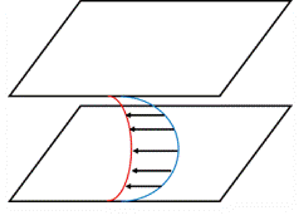No CrossRef data available.
Article contents
A universal velocity transformation for boundary layers with pressure gradients
Published online by Cambridge University Press: 25 August 2023
Abstract

The logarithmic law of the wall does not capture the mean flow when a boundary layer is subjected to a strong pressure gradient. In such a boundary layer, the mean flow is affected by the spatio-temporal history of the imposed pressure gradient; and accounting for history effects remains a challenge. This work aims to develop a universal mean flow scaling for boundary layers subjected to arbitrary adverse or/and favourable pressure gradients. We derive from the Navier–Stokes equation a velocity transformation that accounts for the history effects and maps the mean flow to the canonical law of the wall. The transformation is tested against channel flows with a suddenly imposed adverse or favourable pressure gradient, boundary layer flows subjected to an adverse pressure gradient, and Couette–Poiseuille flows with a streamwise pressure gradient. It is found that the transformed velocity profiles follow closely the equilibrium law of the wall.
JFM classification
- Type
- JFM Papers
- Information
- Copyright
- © The Author(s), 2023. Published by Cambridge University Press





